Saw more fabulous children’s veggie sculptures at our local Royal Adelaide Show (State Fair).
All it takes is a little imagination and an assortment of vegetables and some toothpicks to join the pieces together.


Crafting with natural materials
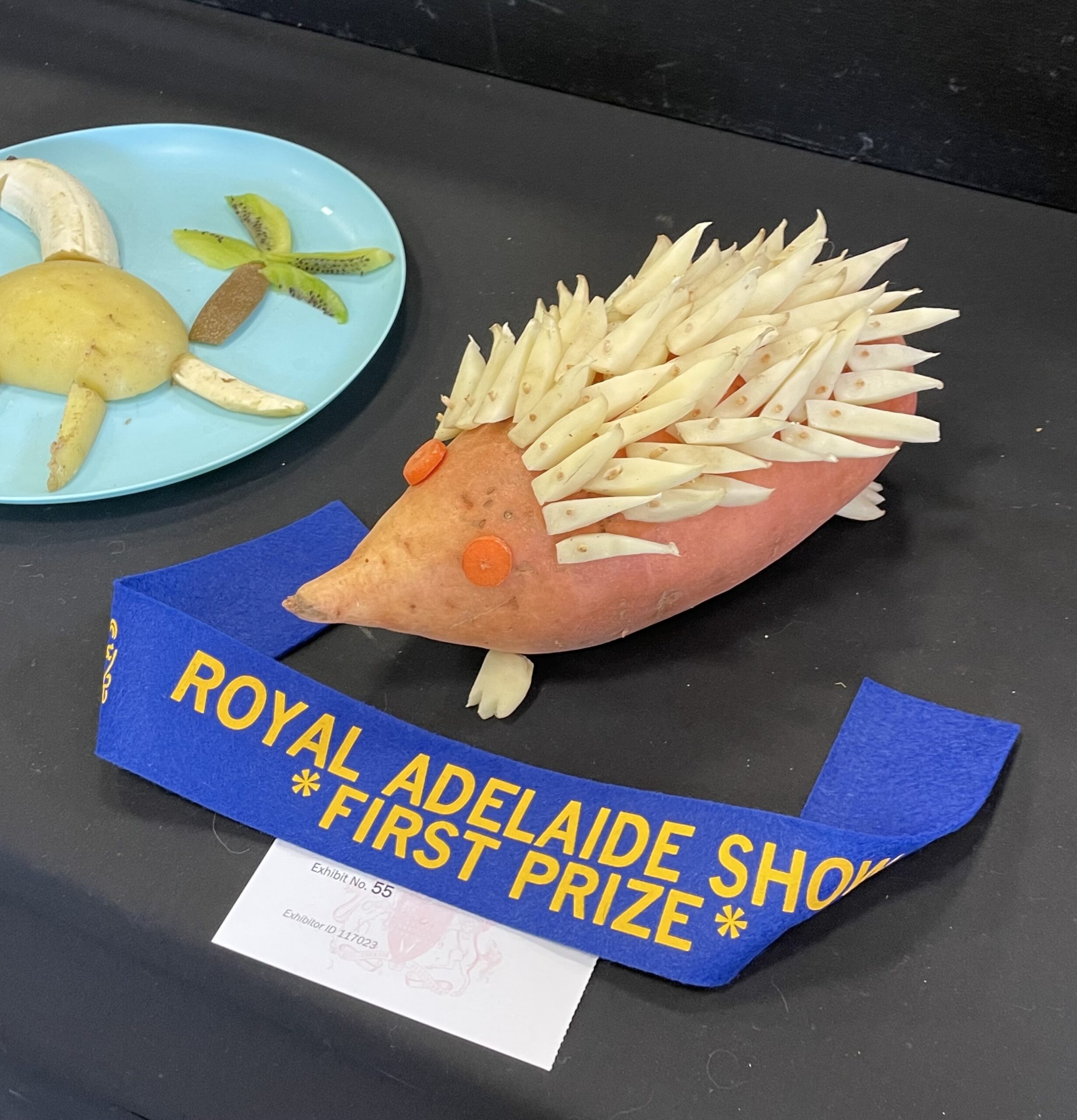
Saw more fabulous children’s veggie sculptures at our local Royal Adelaide Show (State Fair).
All it takes is a little imagination and an assortment of vegetables and some toothpicks to join the pieces together.



To make a beautiful, yet easy and inexpensive ANZAC Day wreath, use a paper plate as a base.
Cut the centre of the paper plate out.

Gather some gum leaves, wattle and bottlebrush, or whatever natural materials you have available.
I stapled the leaves on first…

Then added the bottlebrush and wattle on top.


In these challenging and anxious times, please don’t distance yourself from nature. There is now much scientific evidence that spending time outside in nature is good for our physical and mental health. (See links here)
Head outside to your balcony, backyard, park, beach, forest etc. Smell a flower, lie on the grass, watch a butterfly, or dig in some soil.
Crafting is also good for our health, it focuses our mind while doing something creative. Repetitive crafts are very soothing and meditative for people of all ages. Look at the ideas on this website for inspiration, then come up with your own unique creations.
Definitely practice social distancing, but don’t distance yourself from nature…
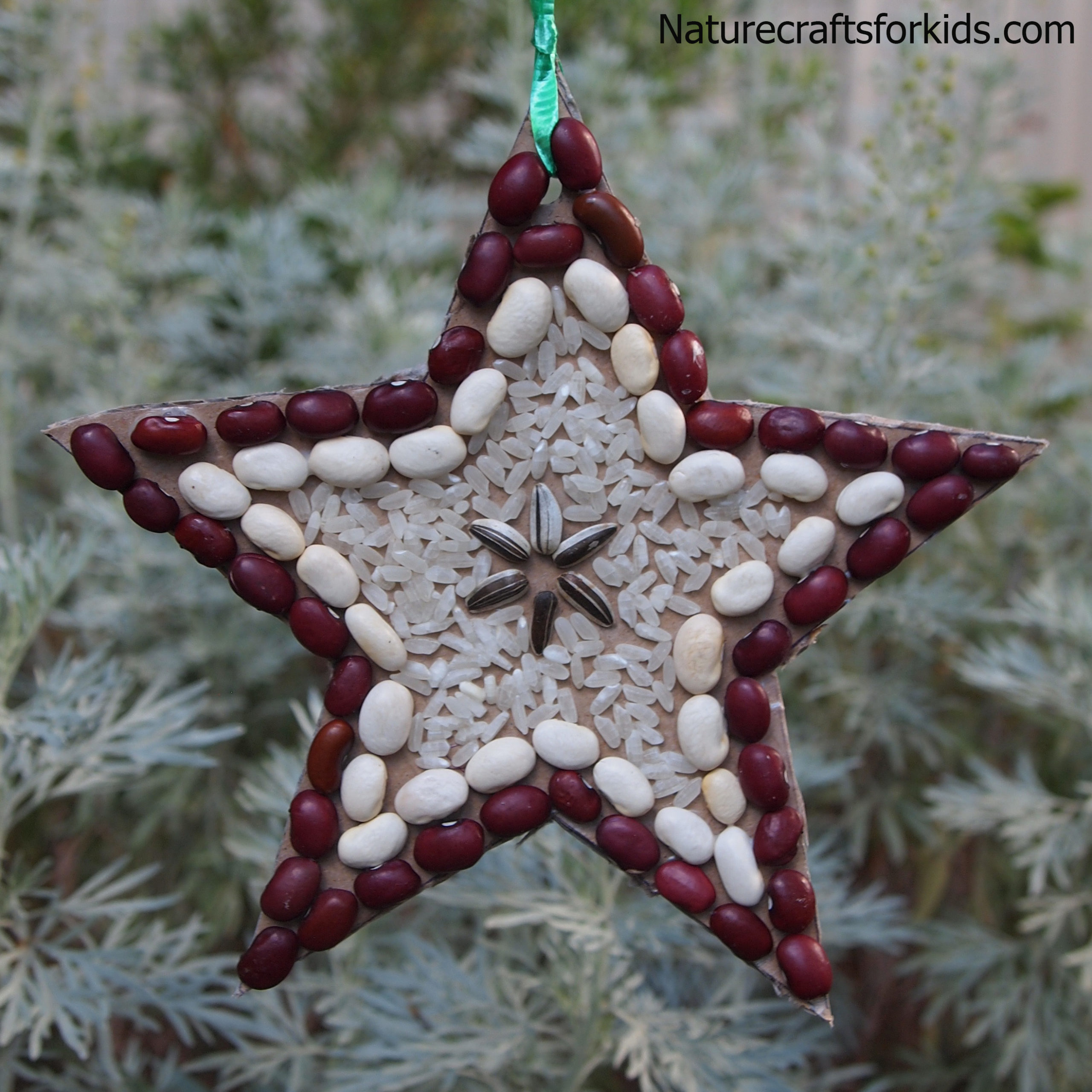
An easy and fun Christmas craft for all ages!
Cut out a star shape from a piece of thick cardboard. An old cardboard box works perfectly. Then use craft glue to stick on different coloured seeds in a pattern. Add a hole and string to hang it up.
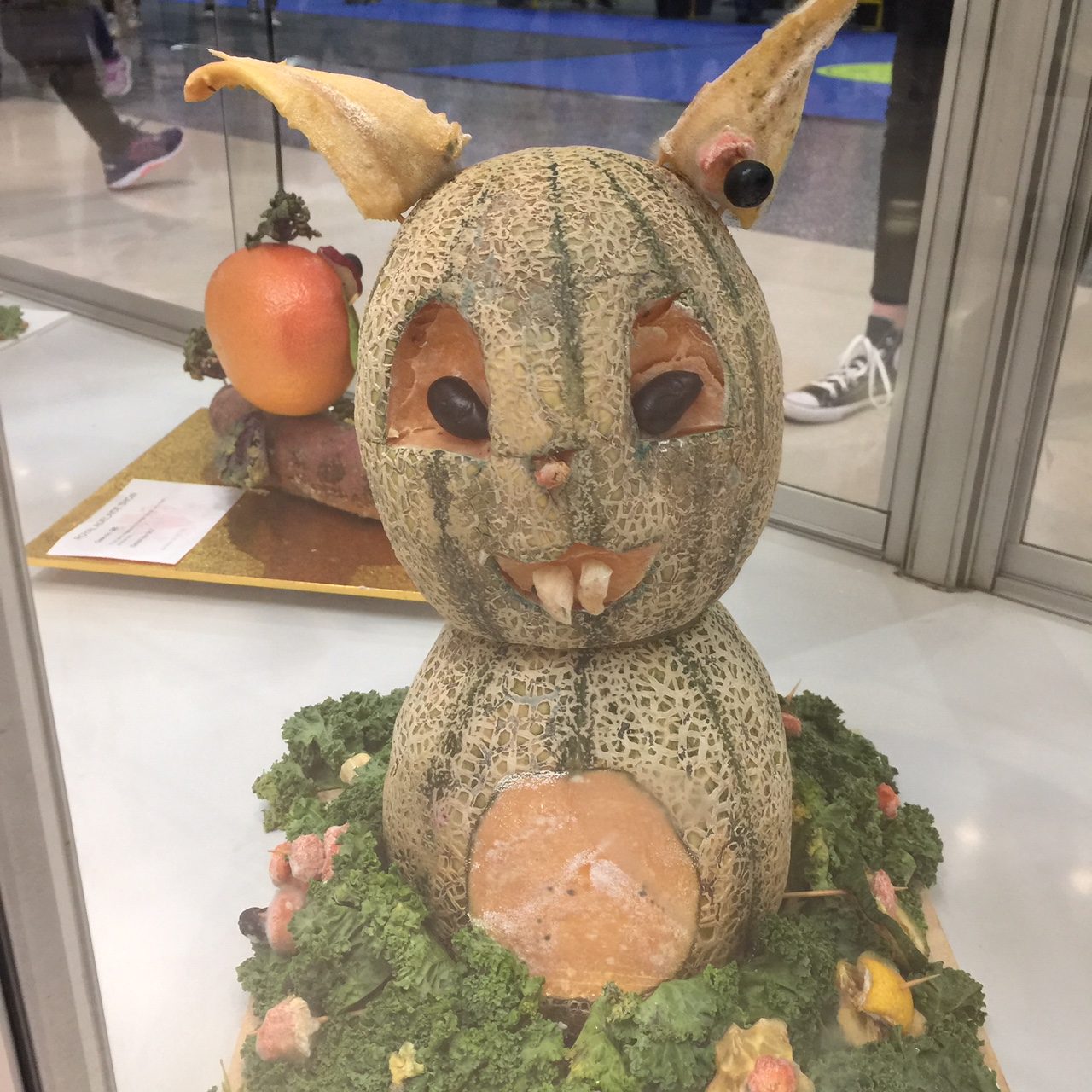
I love going along to Horticultural and Agricultural Shows! The displays of plants and flowers, the competition cakes and the array of handicrafts are really inspiring.
The veggie sculpture competition is a favorite, where kids use all sorts of fruit and vegetables and their imaginations to create something unique. This is a really fun activity for kids of all ages. Toothpicks can be used to join bits together, the results are fabulous, as you can see here from these examples from the Royal Adelaide Show!



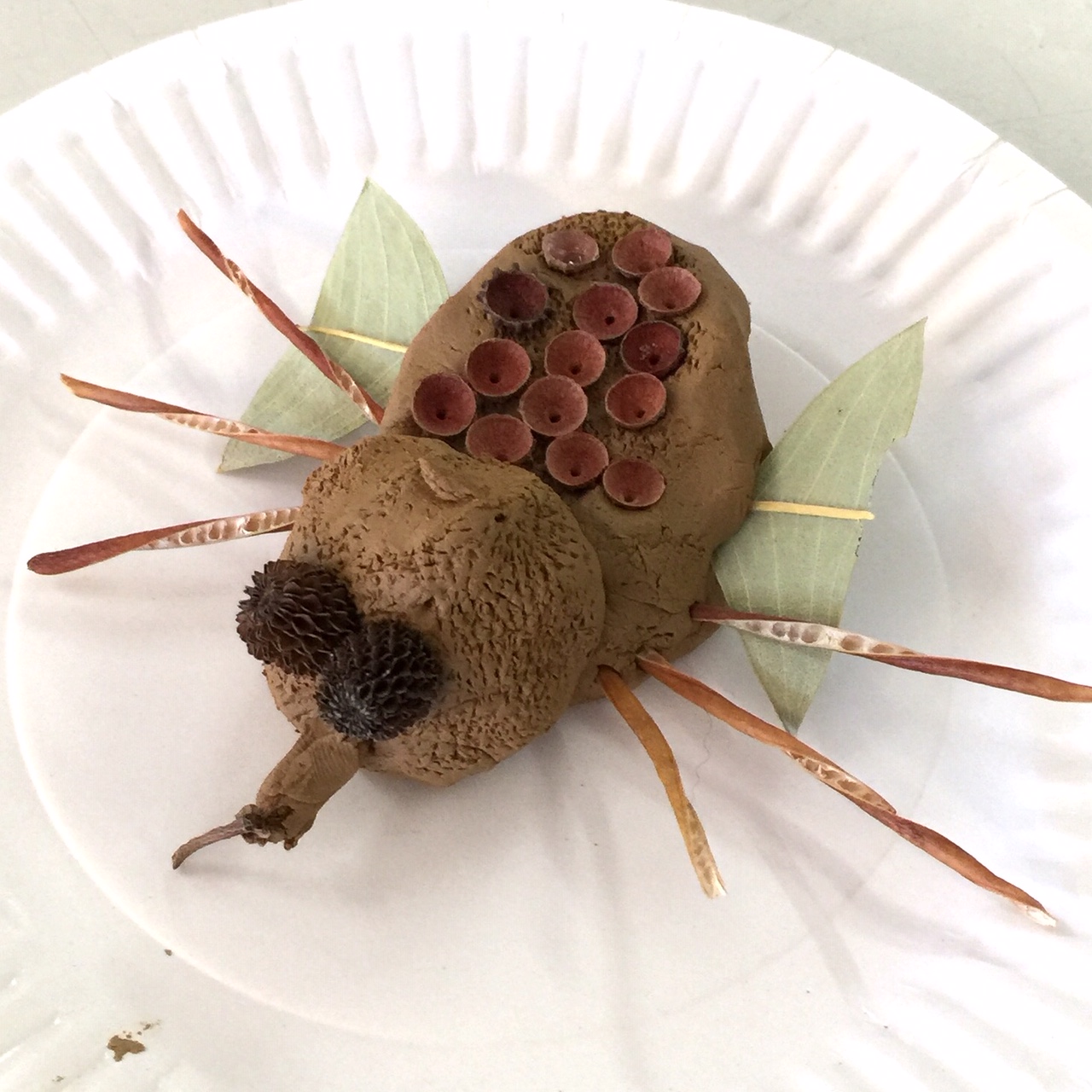
At a recent primary school incursion, young students made insects using clay and natural materials. They showed off their learning by making appropriate body parts for their insects, and had a lot of fun in the process! 




I was delighted to run a workshop on Mother’s Day at Sophie Thomson’s amazing garden in the Adelaide Hills.
The 50 guests enjoyed a garden tour, delicious afternoon tea and a relaxing afternoon of nature crafts.
Here are some of the lovely seed mosaics, collages and critters made by the very crafty participants.


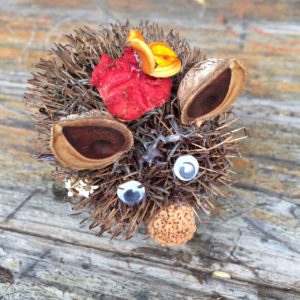


And Sophie, myself and Maria, at the end of a fabulous day…
Check out more images from the day on Sophie’s website
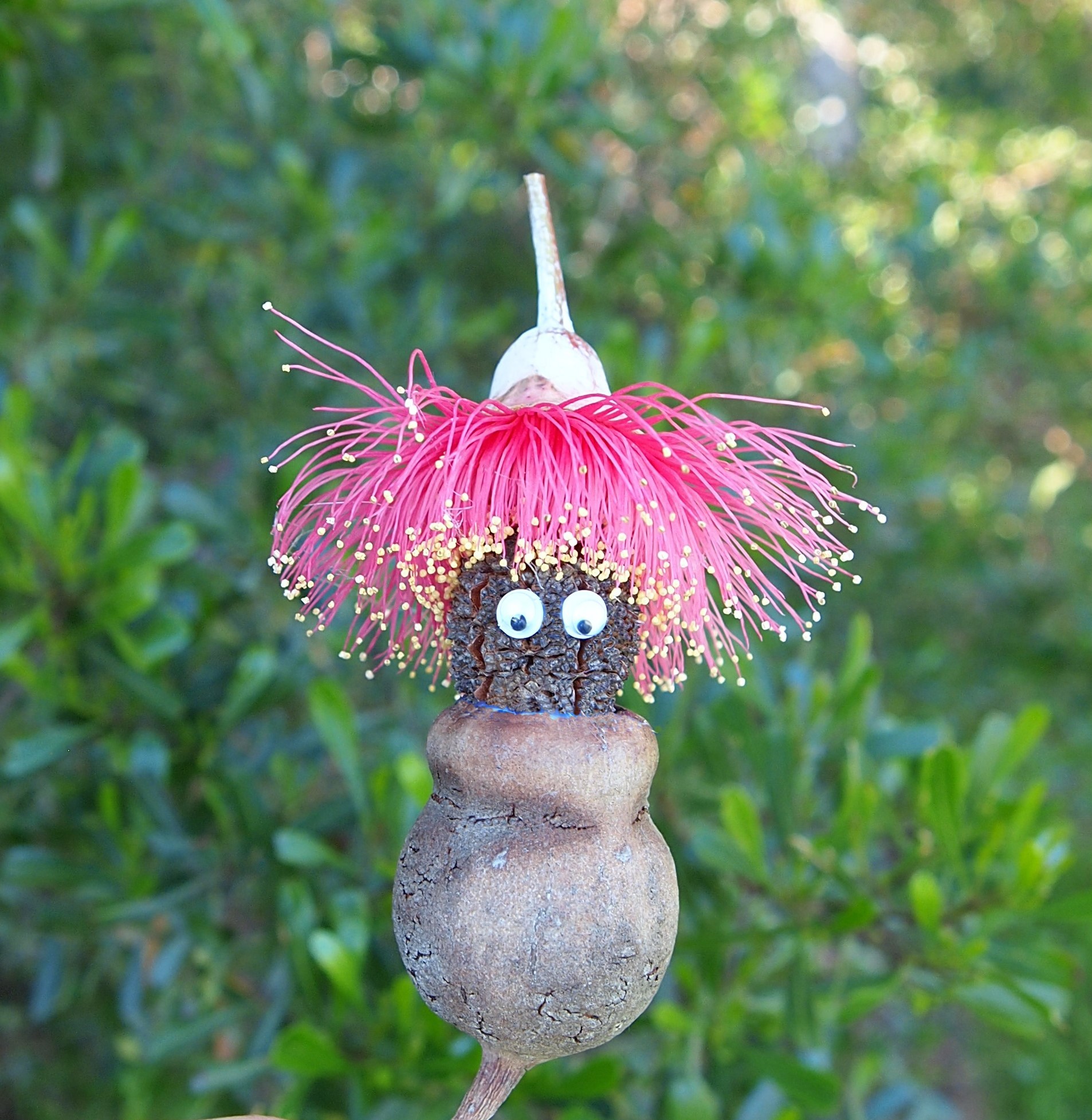
National Eucalypt Day is held on 23rd March in Australia. It’s all about celebrating and raising awareness of these fabulous plants. The diversity and adaptations of eucalypts are fascinating, producing the most amazing array of leaf form, flowers and seedpods. And importantly, their leaves, seedpods and caps are fabulous for crafting!


For more information about National Eucalypt Day, go to Eucalypt Australia.


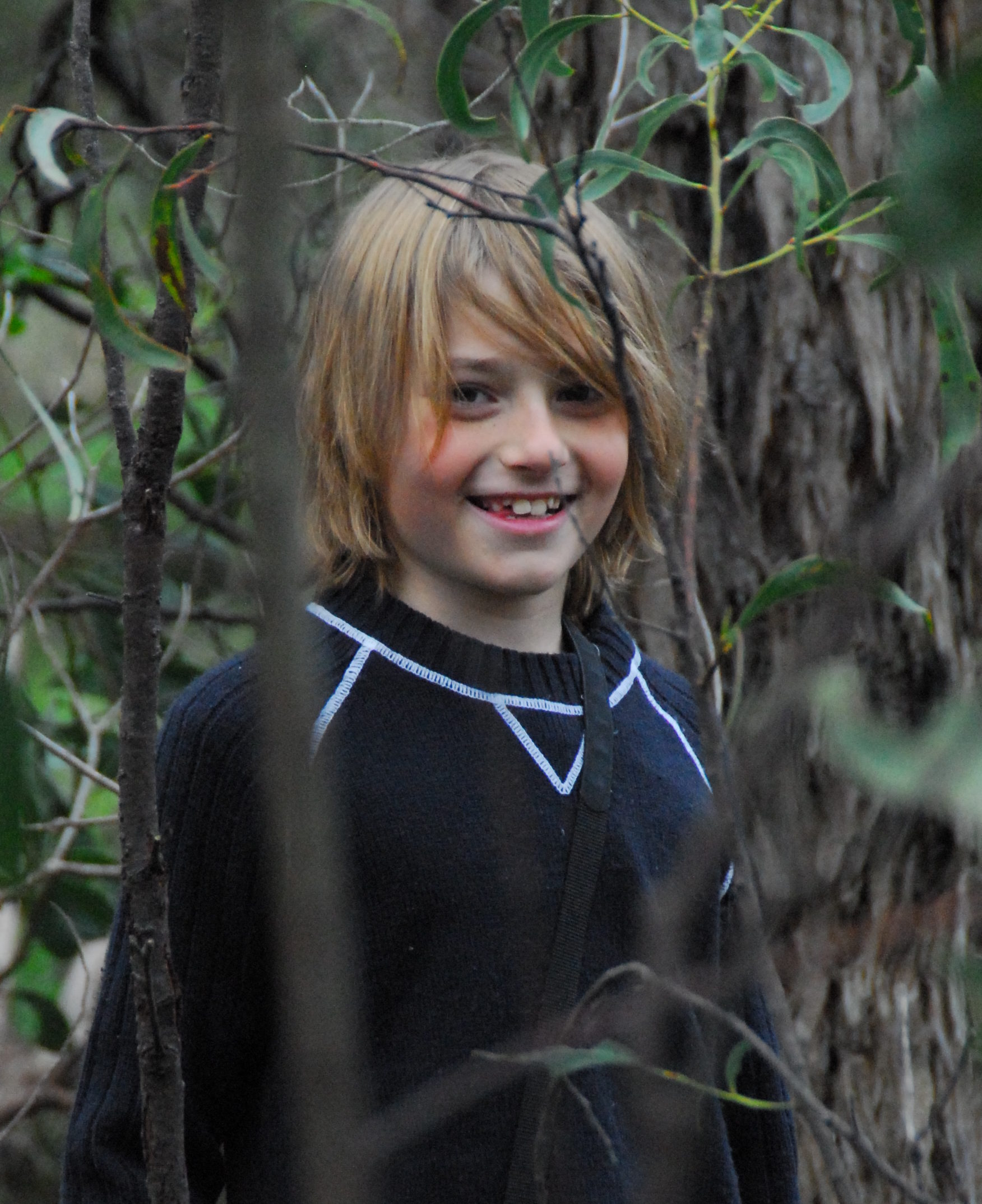
More research has been released to back up the view that nature is good for us. If you’re reading this you, probably already agree!
Having conclusive research to back up our views can be really helpful when lobbying for improved public parks and gardens or for the protection of natural areas. Here is some more ammunition for our cause: Study: Kids Who Spend Time in Nature Become Happier Adults

This cute little Halloween bat has been made using a variety of commonly found seed pods. I’ve used an acorn for its body and Golden Rain Tree pods for its wings. The eyes are little black Golden Rain Tree seeds, and its ears are made from small gumnuts. I’ve joined it all together using a trusty low-melt glue gun.
Be sure to check out my Spooky Halloween spider too!
Happy Halloween everyone!
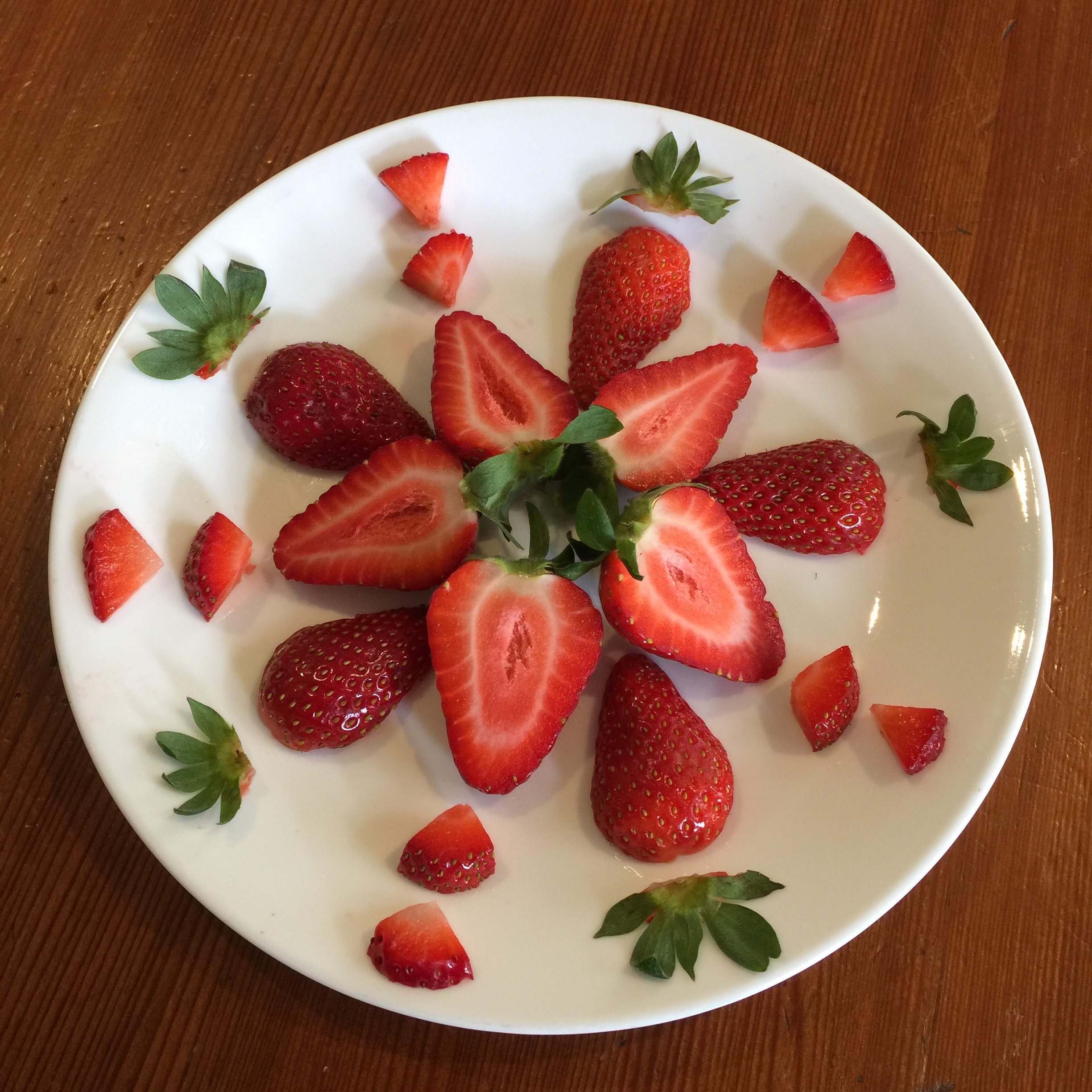
Please support Aussie growers in their time of need, and have fun at the same time! Cut up your strawberries and make a strawberry mandala before eating them. Get creative and see what else you can make, take a photo, then eat them! Yum!
Have a try at making a strawberry rose, just slice into it carefully to make the petals…

And if you need more strawberry inspiration, here’s a link to a cool Youtube clip about how to make more carved strawberry decorations. Enjoy!
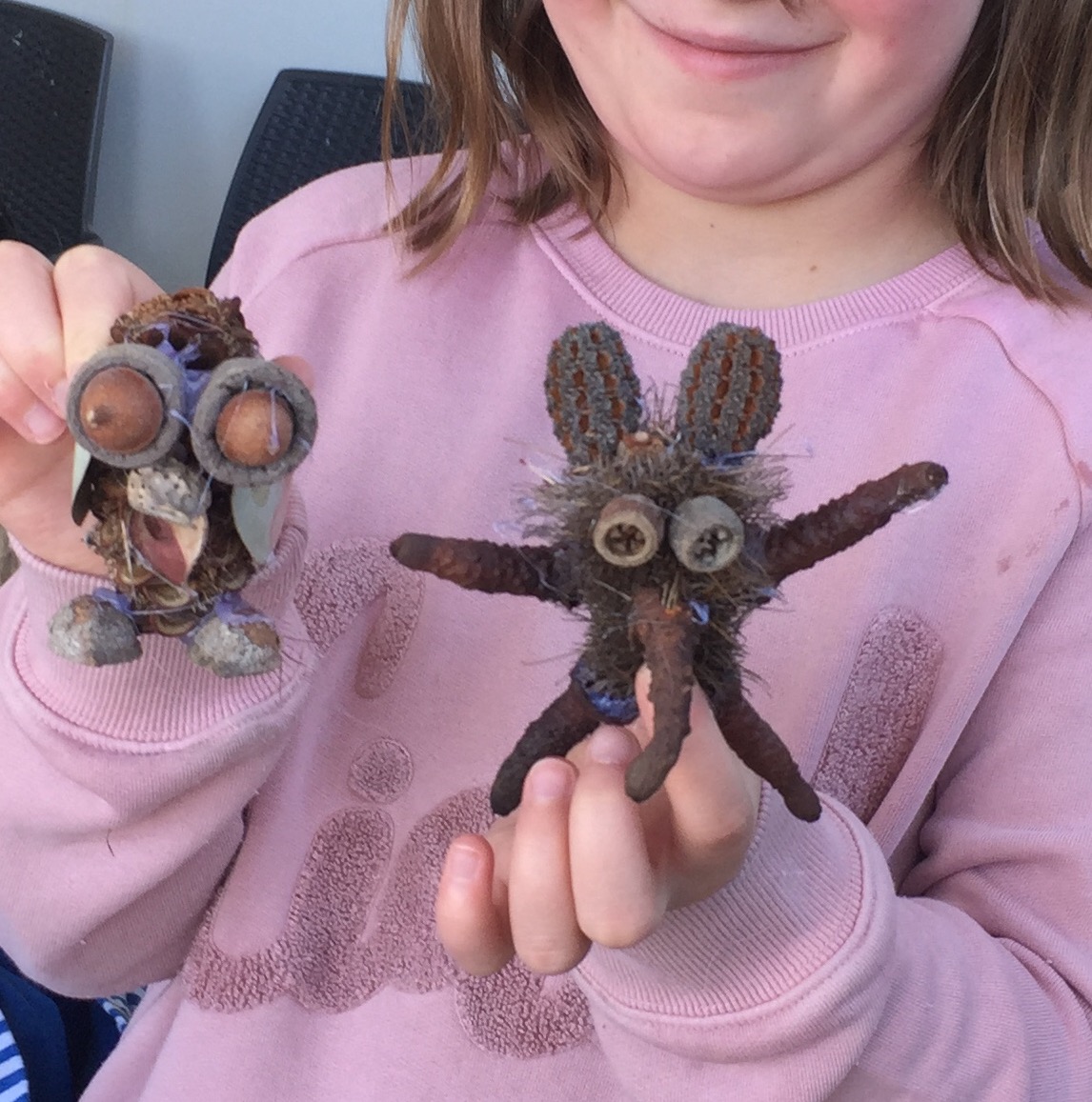
Great research is coming in proving what any crafter already knows, crafting is good for us ! So make sure you make time for crafting, whether it be knitting, sewing, woodwork, or macrame. For extra added benefits, craft with nature! The materials are inspiring and beautiful to work with, and readily available for free.
For more interesting articles check out my Useful Links.

Had a fabulous time running the nature mask craft activity at NaturePlay SA’s Forest Festival. Families gathered at Kuitpo Forest, just outside of Adelaide, for 2 days of playing, relaxing, exploring and fun in the forest. Orienteering, potion making, low ropes, and cubby building, kite flying and the nature masks were enjoyed by all.
The nature masks were made from pre-cut cardboard, with an elastic tie. Children (and parents!) used sticky tape or staples to attach colourful autumn leaves, sticks and feathers. Each mask was its own unique and beautiful design!




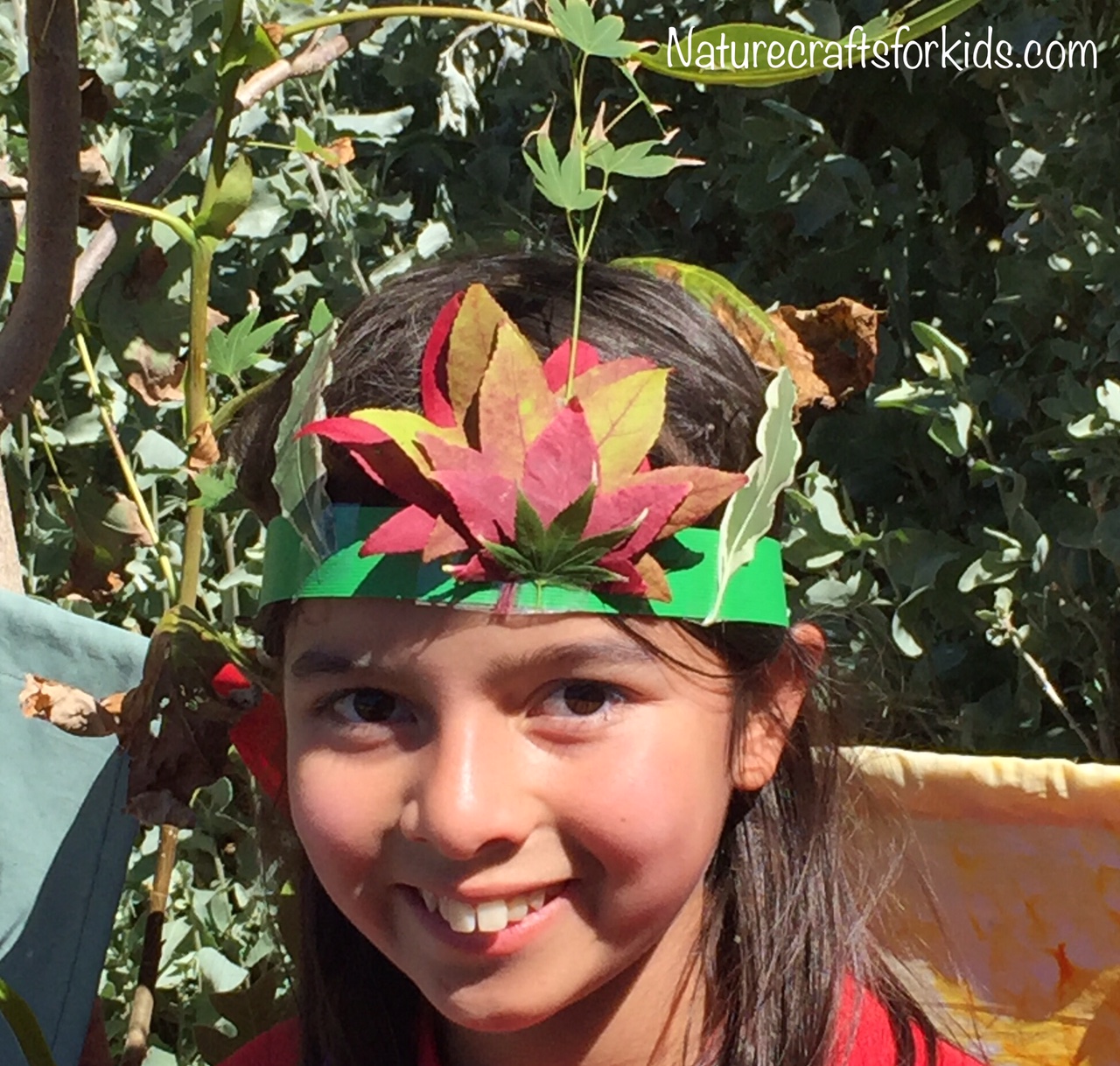
It was a wonderful Easter Saturday at Sophie’s Patch in the Adelaide Hills making autumn leaf crowns with the kids. Early in the morning I collected baskets of colourful maple, oak, elm and pear leaves, and the visiting children carefully arranged and stuck the leaves onto strips of cardboard to make their own unique nature crowns. They looked gorgeous and were worn proudly as the kids explored and played in the garden.

Sophie’s special guest at the open garden was Gardening Australia’s amazing Costa Georgiadis who gave three inspiring talks. Costa the Garden Gnome appeared at lunch time to teach the children a chicken dance!

Sophie’s garden is at Mt Barker Springs in the Adelaide Hills. It’s a wonderful example of a child-friendly, Mediterranean climate garden which is both attractive and productive. If you haven’t had the pleasure of visiting, check it out on this video below which Costa took on the morning of the open garden. I pop in near the end!
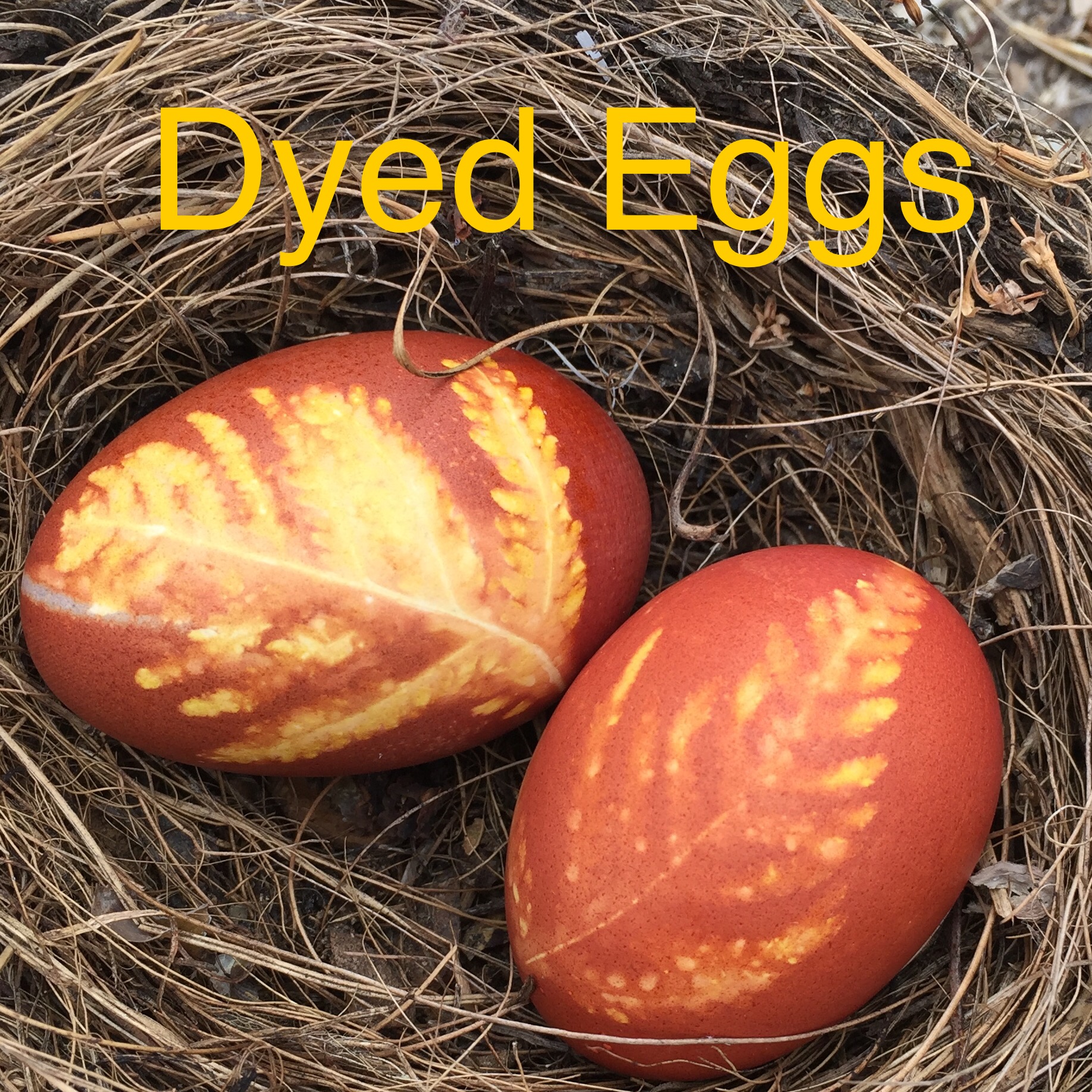
Making dyed eggs is a fun activity to do with your family or class at Easter, or anytime of the year!
Pop outside and pick an interesting shaped fresh leaf. A piece of fern like this works really well. Then place your leaf on a white or light-coloured egg and wrap it tightly with an old stocking, and secure it with a rubber band.

Place the wrapped egg into a saucepan of water. Add some dried brown onion skins and boil on your stove for at least 5 minutes. Then carefully remove the egg with a spoon or tongs and allow it to cool.

Once cool, unwrap the egg and peel off the leaf to reveal a beautiful natural leaf print!

You can try different dyes using other natural ingredients, it’s really fun to experiment! Try purple cabbage or turmeric to create different colours. There’s lots more interesting information on natural dyes in my book Nature Crafts with Common Plants. Check it out!
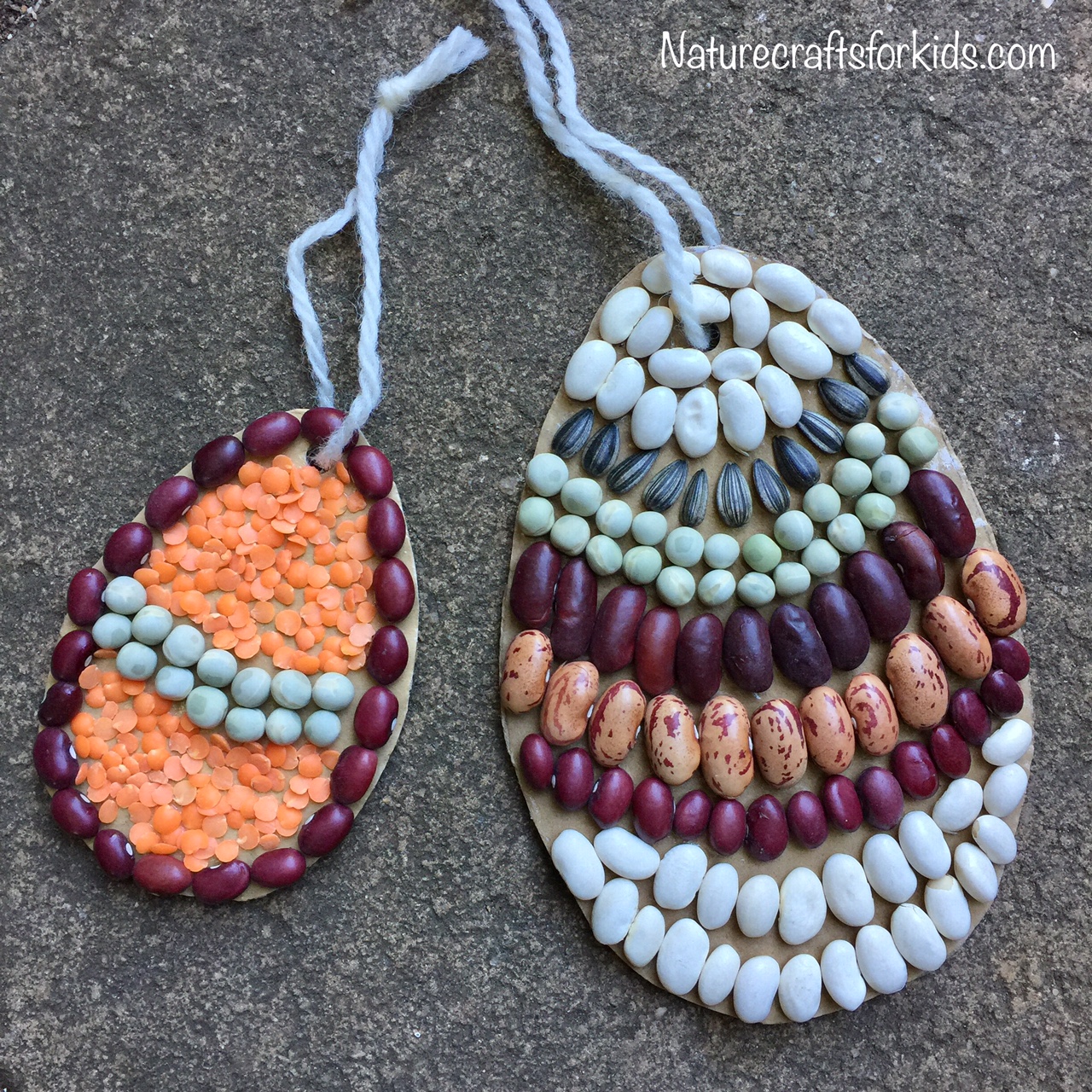
This seed collage or seed mosaic is a fun craft to do at Easter time. Find some colourful seeds, and glue them onto thick cardboard which has been cut into an egg shape. If you’d like to hang them, add a hole and tie some string through. A simple, but really effective craft, and quite cheap too, for when you’ve got a large group of children.
These works of art can also be composted when it’s time to get rid of them!

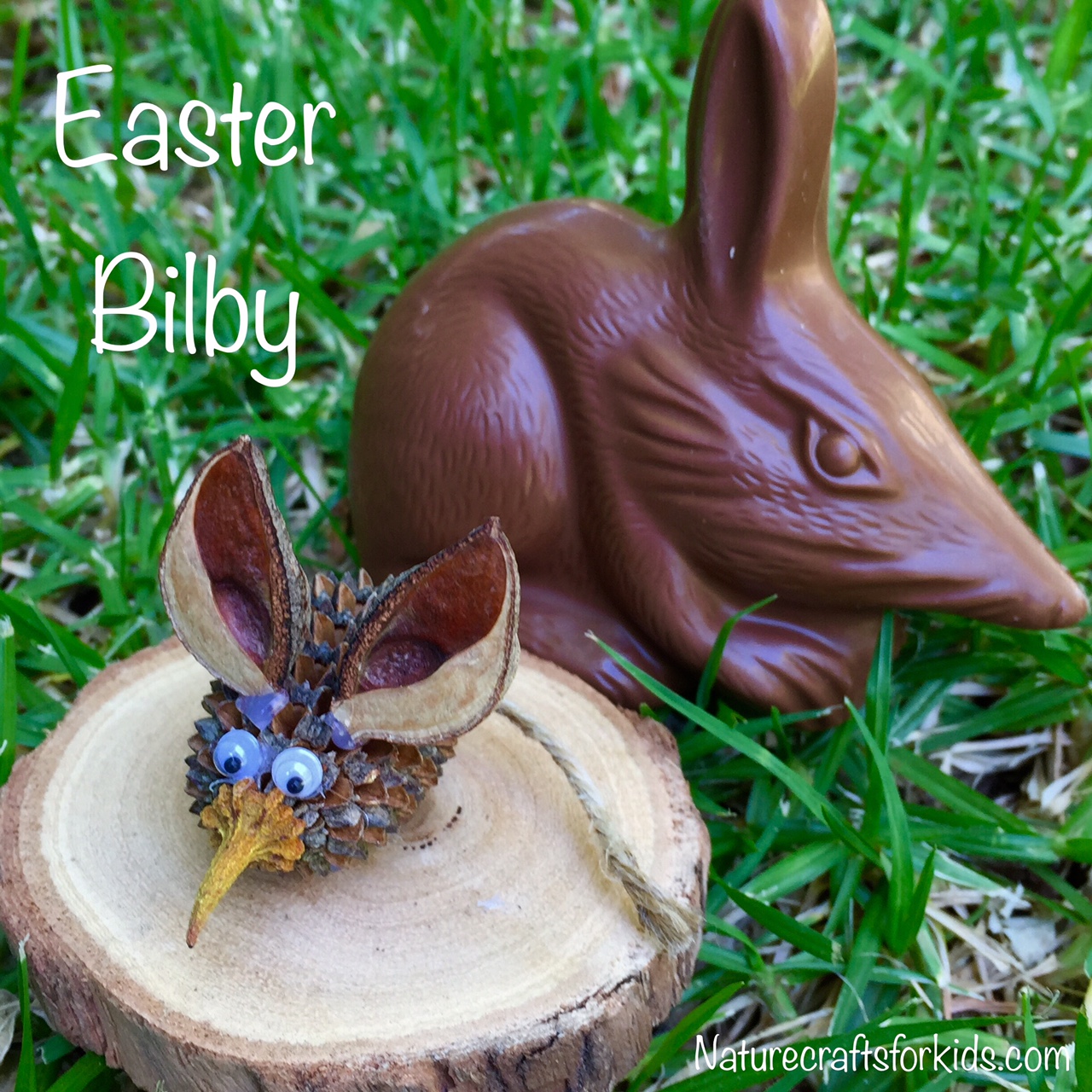
These gorgeous Australian native marsupials have large pink ears and a long, thin tail. Once common and widespread, their numbers are now low due to habitat loss and predators, and sadly bilbies are now only found in a few desert and grassland areas and in captivity.

Fantastic work is being done to protect bilbies, and more information can be found on the Save the Bilby Fund site, and the Rabbit Free Australia site.
Unlike our native bilbies, bunnies are a destructive pest which have eaten native plants and damaged ecosystems across the country since they were introduced in the 1800’s. Further information on why we should be celebrating bilbies, not bunnies at Easter time can be found in this Australian Geographic article.
Haigh’s Chocolates and Fyna Foods Pink Lady Chocolates make delicious and cute chocolate bilbies, and they donate part proceeds of sales to supporting the living ones!


To create your own nature craft bilby, use a large gumnut for the body, a sheoak pod for the head, and attach hakea pods for ears. A coral gum cap makes a perfect pointy nose, and piece of string can be used for a tail. No hakea pods? No problem! You could use small leaves, pistachio shells or anything else that’s about the right size and shape. Glue everything together with a trusty low-melt glue gun.


Pinecones make great bodies for all sorts of creatures, including Easter Bunnies!
Just add some Jacaranda pod ears and feet using a low-melt glue gun.
Glue on an acorn nose, and acorn cap eyes (I’ve added little plastic eyes inside), and some twigs for the whiskers. Done!
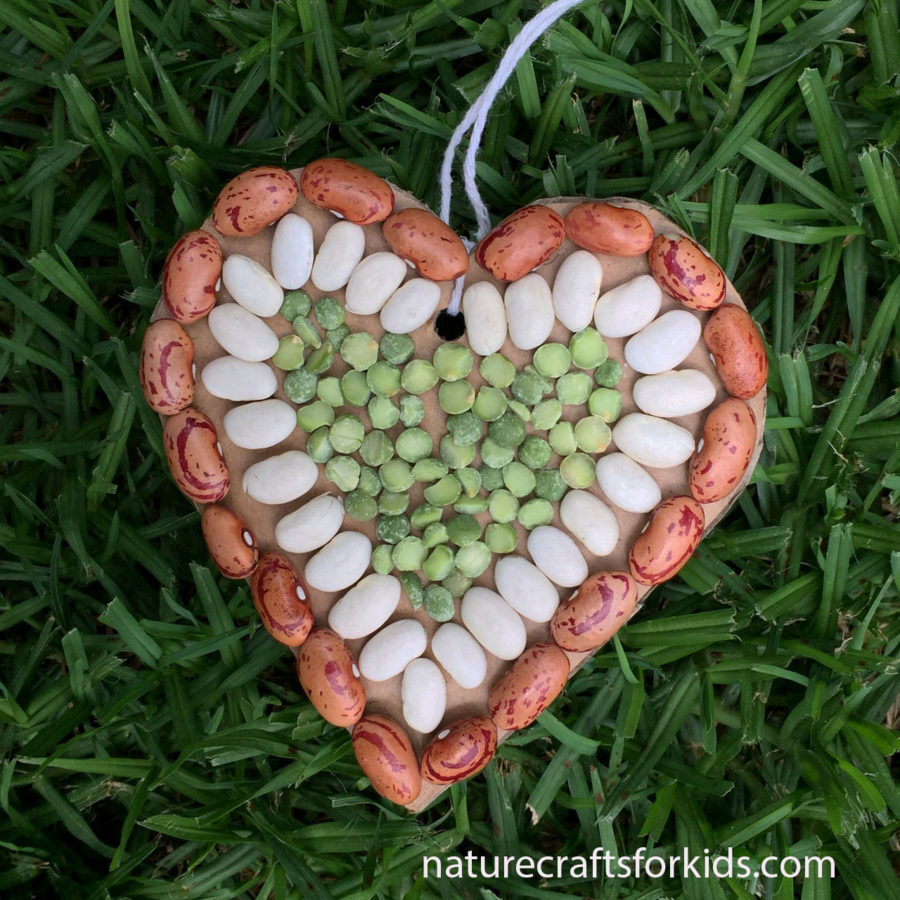
Looking for cheap and easy Mothers Day craft ideas? A seed mosaic heart is a fun and relaxing activity for all ages!
If you’re working with a large group of kids, first create a heart shaped template. The kids then trace around the template onto cardboard from old cardboard boxes. They cut out the heart with scissors, and make a hole at the top with a hole punch.
An assortment of colourful seeds (beans, peas, rice, lentils etc.) can then be glued on with PVA glue to make a pattern.

This is a great use for seeds which are past their use-by date, or weevil infected. Once dry, a piece of string or ribbon can be tied through the hole so the heart can be hung.
This is a fun, inexpensive, nature craft activity for a whole class. It is also a great way to start a conversation about the diversity of seeds, and can lead to discussion about the need to preserve heirloom seeds. For more information check out the The Seed Savers Network.
More examples of seed mosaics can be found on page 14 of my book Nature Crafts with Common Plants.
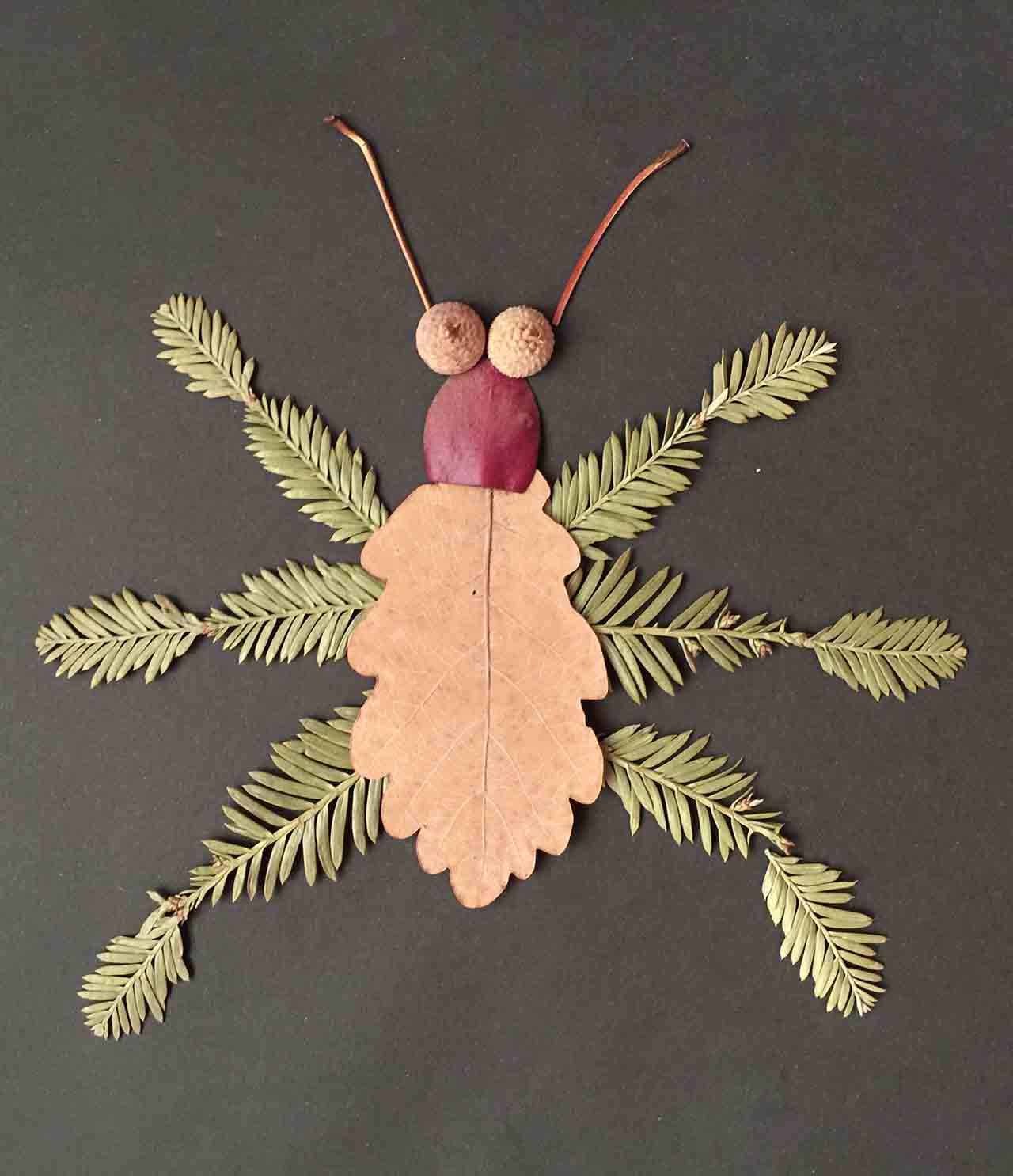
This collage has been created using an assortment of pressed leaves, sticks and a couple of acorn caps for it’s eyes. They’ve all been glued onto a black piece of paper which makes the bug really stand out.
 Leaves can be easily pressed in old books, or in a flower press like this, made from two pieces of wood joined with screws and wingnuts.
Leaves can be easily pressed in old books, or in a flower press like this, made from two pieces of wood joined with screws and wingnuts.
The leaves are sandwiched between layers of paper and cardboard for a few weeks to dry out before use.
For more inspirational collages, check out the stunning work of Canadian artist Rakou Inoue.
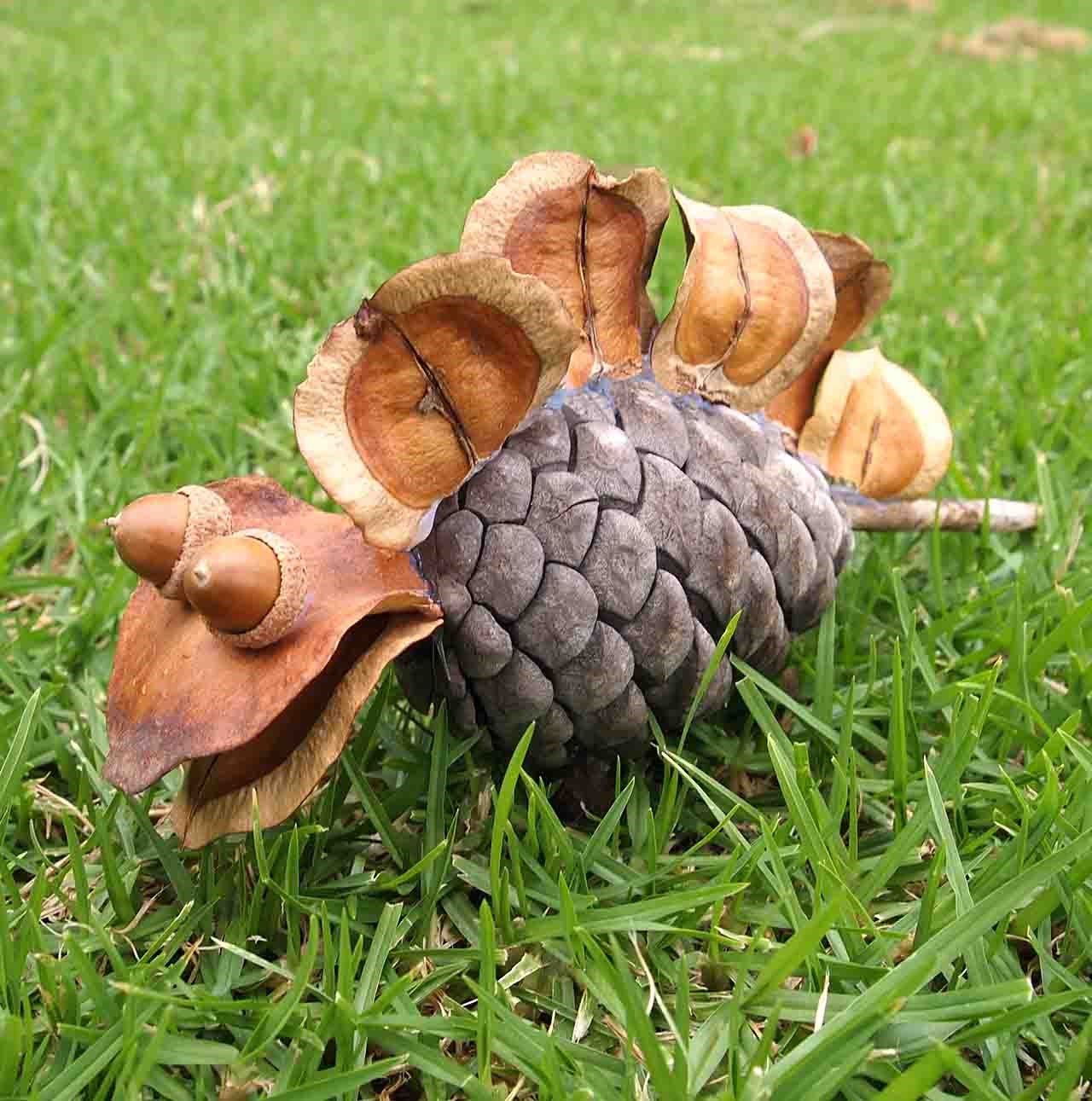
To make this very cool dinosaur, you first have to go on a hunt outside for materials. (This is just as much fun as the making!)
Find a large pinecone to use for the body.

And a bunch of Jacaranda pods. Jacarandas are commonly found in many cities, and their weird, woody pods are great for crafting!

Find a couple of acorns and acorn caps to use as eyes.

And a stick for the tail. The legs can be made using acorns, small gumnuts, or small sticks – whatever you can find.
Use a low-melt glue gun to attach the pieces together. (Don’t touch the hot glue!) Glue two acorns into their caps and stick them onto a Jacaranda pod head.

Attach the head to the pinecone body, then break some of the Jacaranda pods in half and attach them along the body. Glue on the stick as a tail and attach four legs.
Take it outside and listen to it ROAR!!! Maybe it needs you to make it a friend?!

(This dinosaur sneaks onto page 2 of my book Nature Crafts with Common Plants)
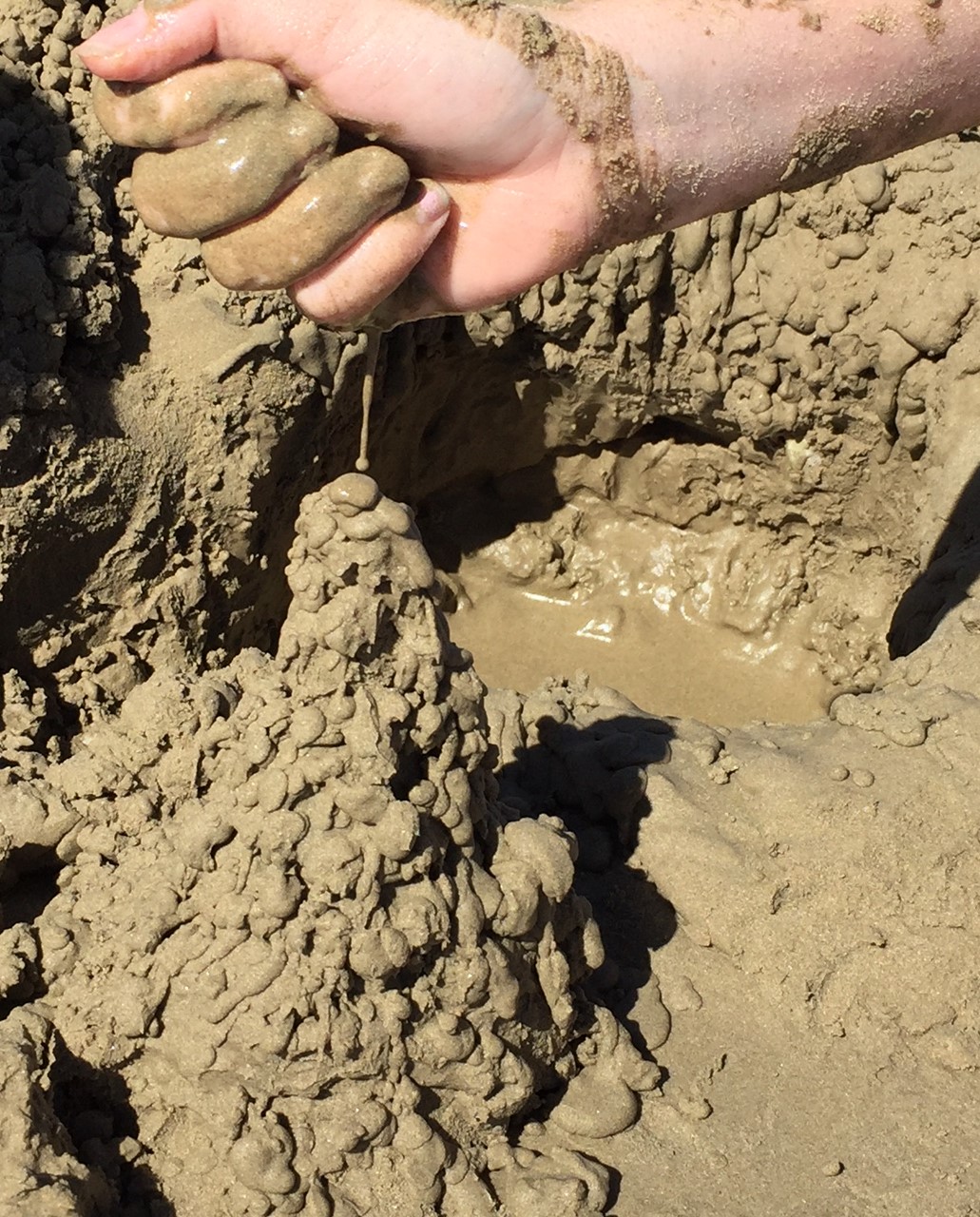
Drip sand castles are a fabulous beach activity for all ages. Just dig a hole in the sand until you reach water, then pick up some really wet sand out of the hole using your hand and drip it in a pile to create a castle. They look like amazing sandy stalagmites!
See how tall you can build one, or make one with lots of towers. I think they have a rather gothic look to them.
Check out some very cool, gravity defying drip castles by clicking here.


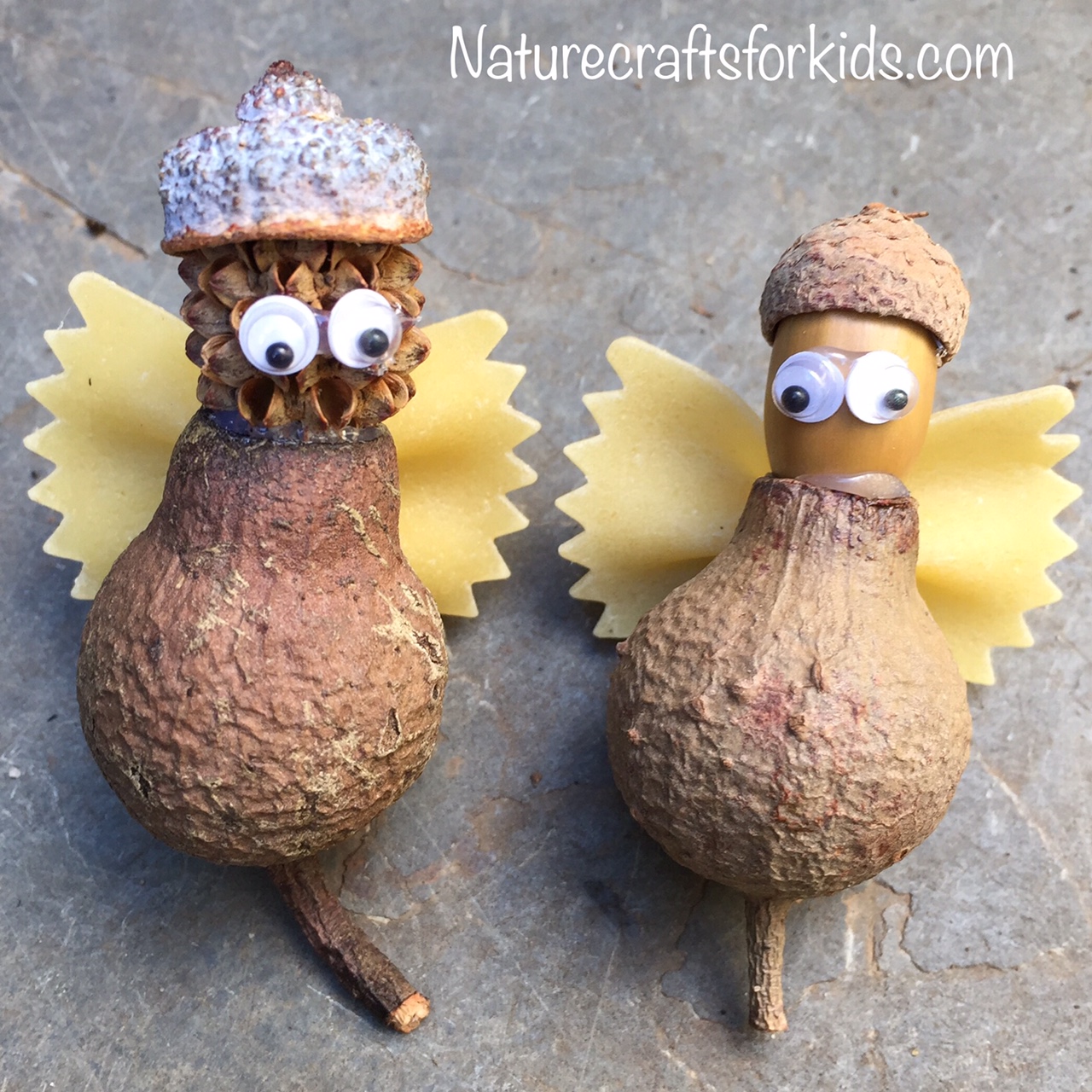
Large gumnuts are found on a variety of Eucalypts, and are fantastic for crafting. These little nature craft Christmas Angels have large gumnuts for their bodies, and bow-tie pasta wings. The Angel on the left has a sheoak head and gumnut cap hat, while the one on the right has an acorn head and acorn cap hat. Alternatively, you could use wooden beads for the heads. Little plastic eyes finish them off, and the pieces are glued together using a low-melt glue gun. If you’d like to hang them, glue a loop of string on the back.

This little twig Christmas Tree craft is featured in my book, Nature Crafts with Common Plants. It’s a really simple but fun (& cheap!) craft to do with a class or group of kids, or your own child. The trunk of the tree is a pop stick and I’ve collected some different sized twigs to use for branches. While you could use a larger twig as the trunk, the flatness of a pop stick makes it easier to stick the twig branches on. PVA or any other craft glue works fine. I’ve added a string so it can be hung up, and I’ve glued on a Crepe Myrtle pod as a star on top.
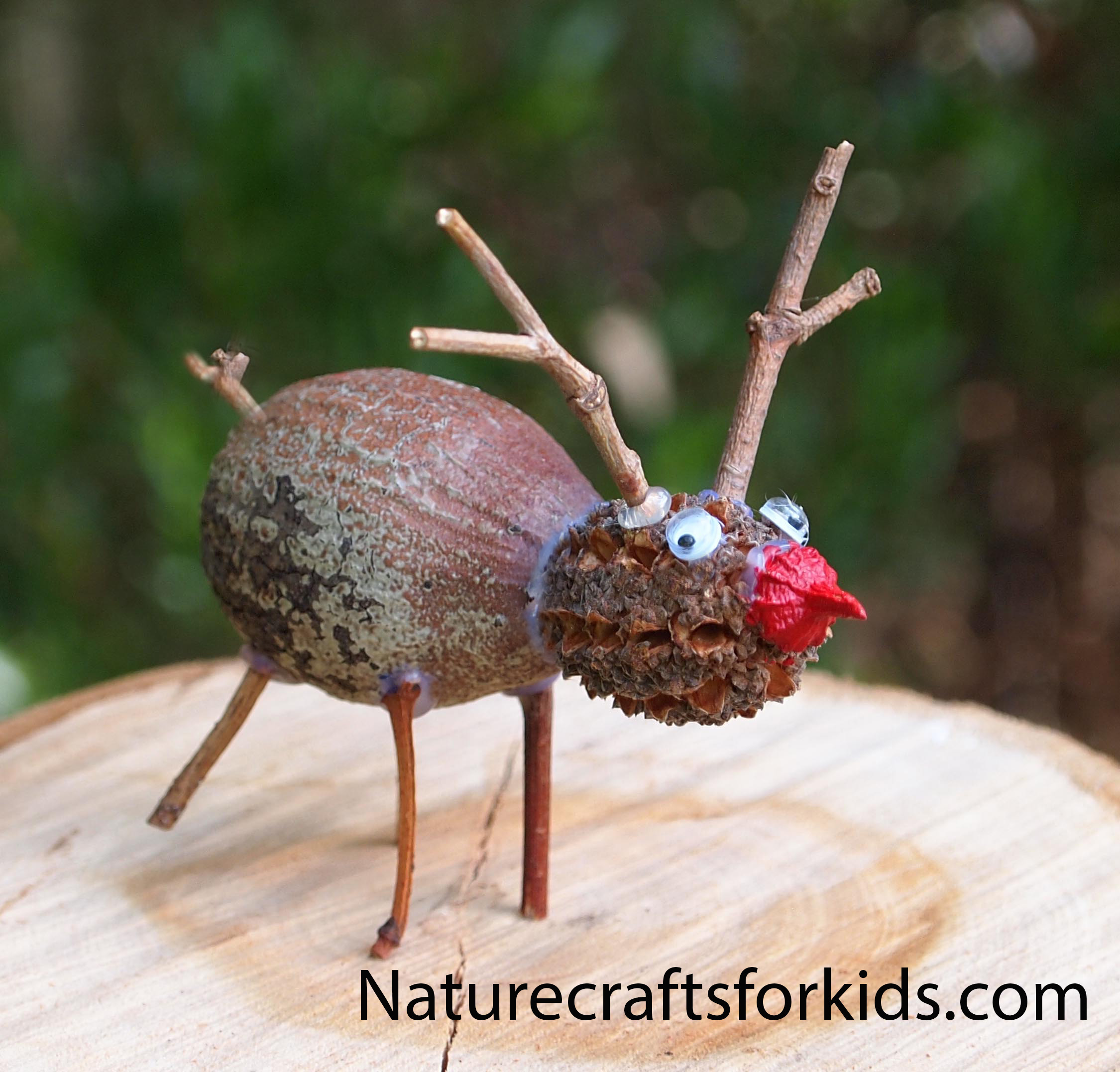
Making a Christmas reindeer out of seedpods and sticks is really fun and easy. This little one has a large gumnut (Eucalypt seedpod) for it’s body, and a sheoak pod for it’s head. Small sticks make perfect legs and antlers, and it’s all glued together with a low-melt glue gun. Small plastic eyes and a gumnut cap nose, painted red, finishes this little nature craft Rudolf off!
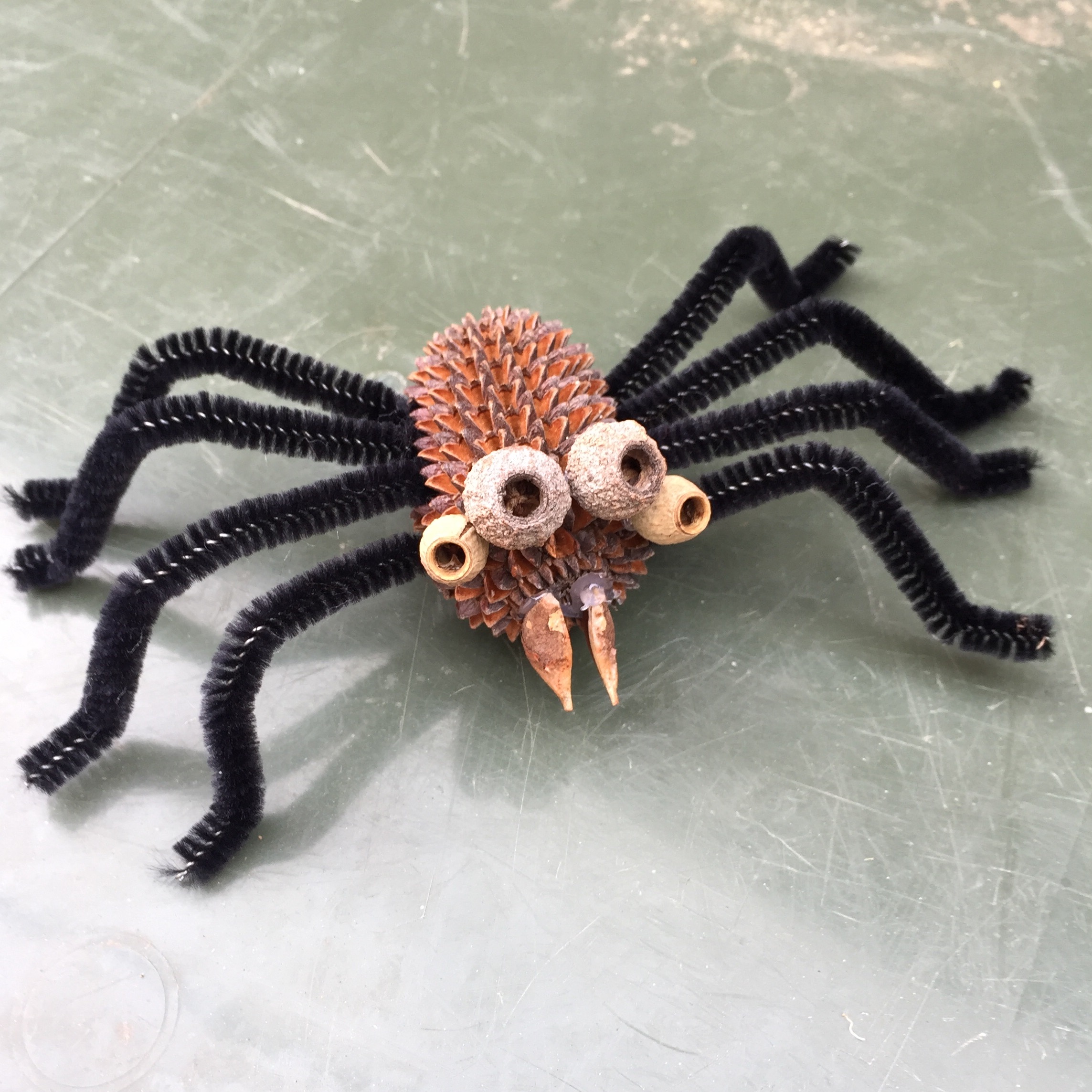
I made this rather spooky Halloween spider using a sheoak pod for the body and gumnuts as eyes. It’s been glued together using a trusty low-melt glue gun.
I used black pipecleaner legs and fangs made from a hakea seedpod finish him off. Happy Halloween!
Check out my cool Halloween Bat made from seedpods too!
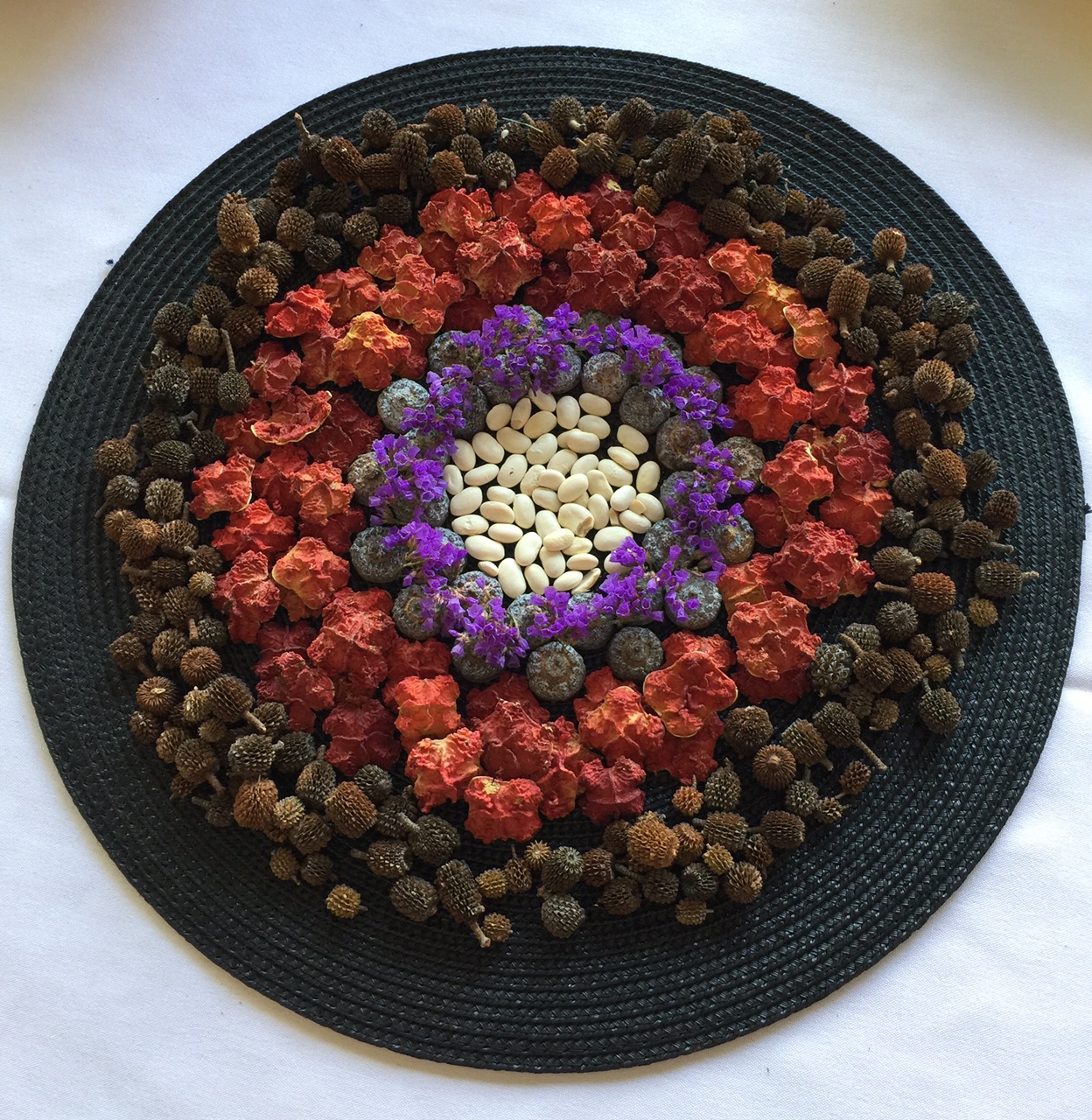
It was great hearing about research into the effects of nature based therapy, at the Therapeutic Landscapes Conference in Adelaide recently. There is now clear evidence to support the belief that spending time in the natural world is good for mental health and well being. Indoor nature crafts are a way of bringing the therapeutic benefits of nature to people who are unable to spend time outside. The meditative and relaxing process of arranging an assortment of seeds and other natural objects into a mandala pattern is wonderful therapy. The simple act of handling a variety of natural materials gives multiple sensory benefits. Creating a collage on paper using fresh flowers and glue is another easy nature craft enjoyed by people of all ages.
Here are some photos from the crafting workshop I delivered at the conference. It was a lovely group of participants, and some were very pleasantly surprised at their own creativity! I didn’t doubt it, encouragement is all that is needed 🙂

The natural materials were arranged in a pattern on a circular mat, a photo was taken when complete, then the artwork was disassembled so the materials could be reused.

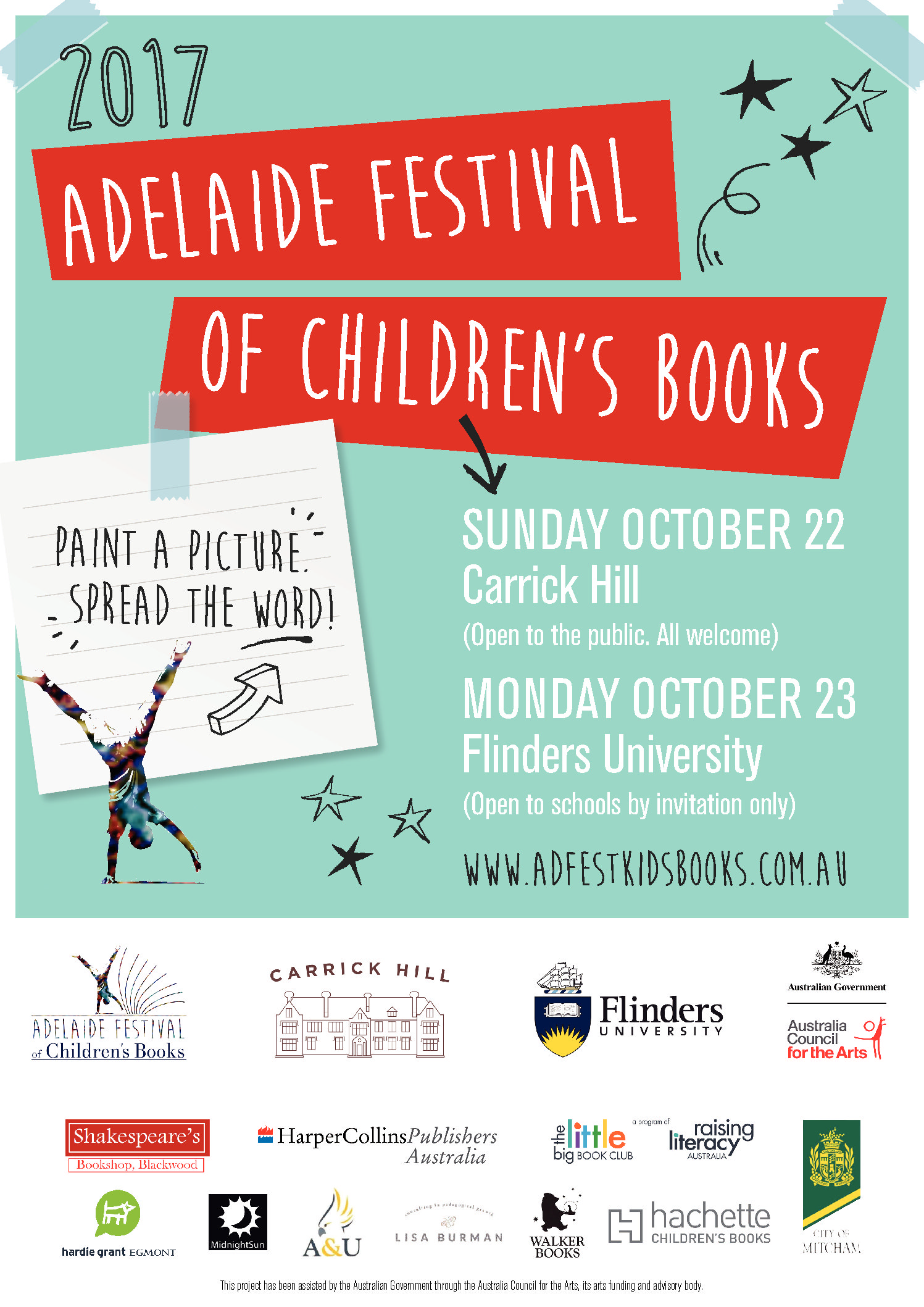
I’m excited to be part of the inaugural Festival of Children’s Books in Adelaide this October! It will be in the beautiful grounds of historic Carrick Hill.
I’ll be hosting a nature craft activity, there will be a variety of author talks, and heaps of books for sale from Shakespeares Bookshop.
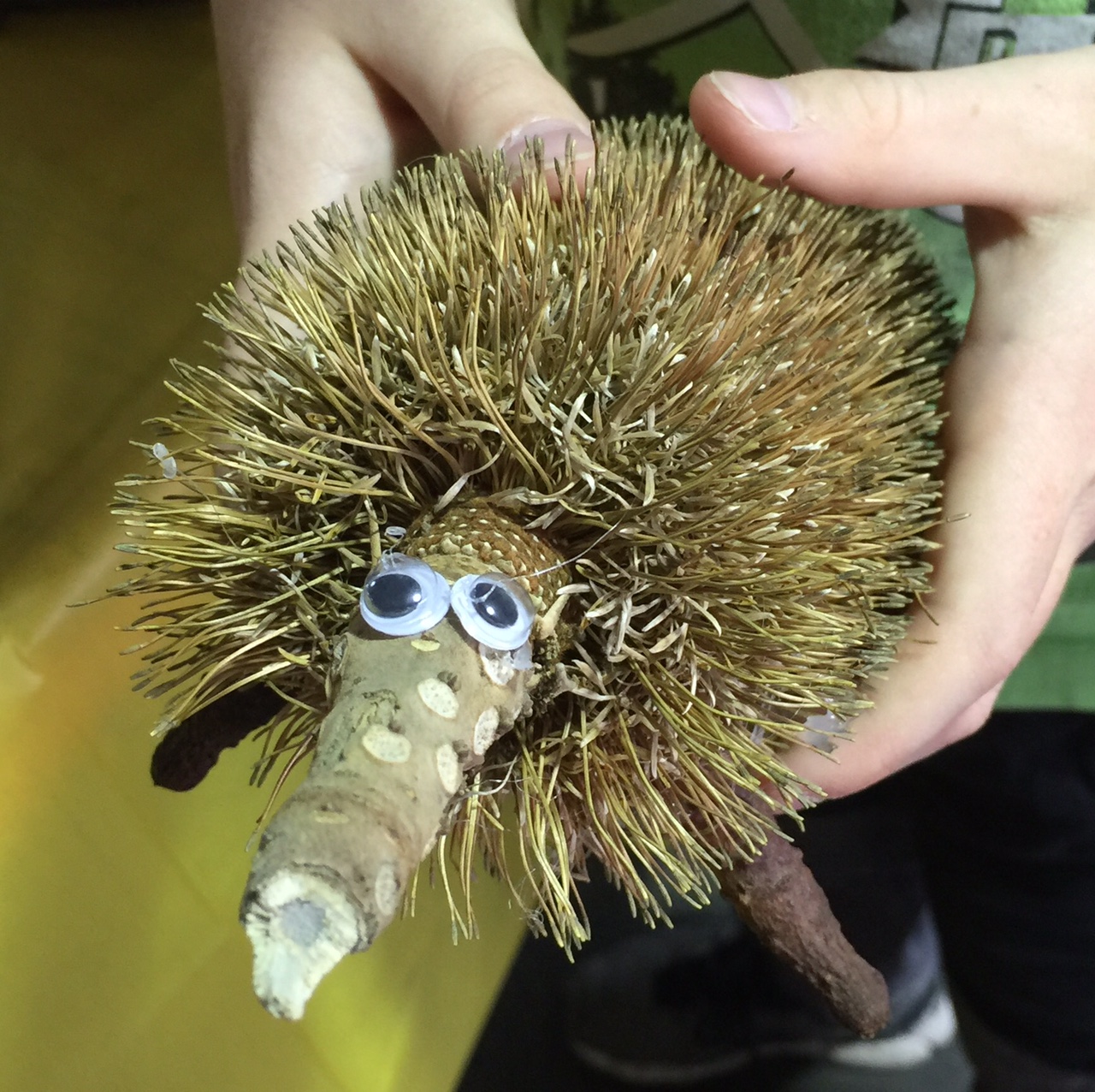
This gorgeous echidna was made by a 9 year old boy named Charlie. It’s body is a beautiful big dried banksia flower. I met Charlie and lots of other lovely kids and families at my local Australian Plants Society sale in Adelaide over the weekend. We had loads of native seedpods to choose from, and it was fabulous to see so many children (and some adults!) completely engaged with creating their own unique seedpod critters using their imaginations and a trusty low-melt glue gun! Head outside, collect some bits and pieces and have a go yourself!
Here are some other creations:


